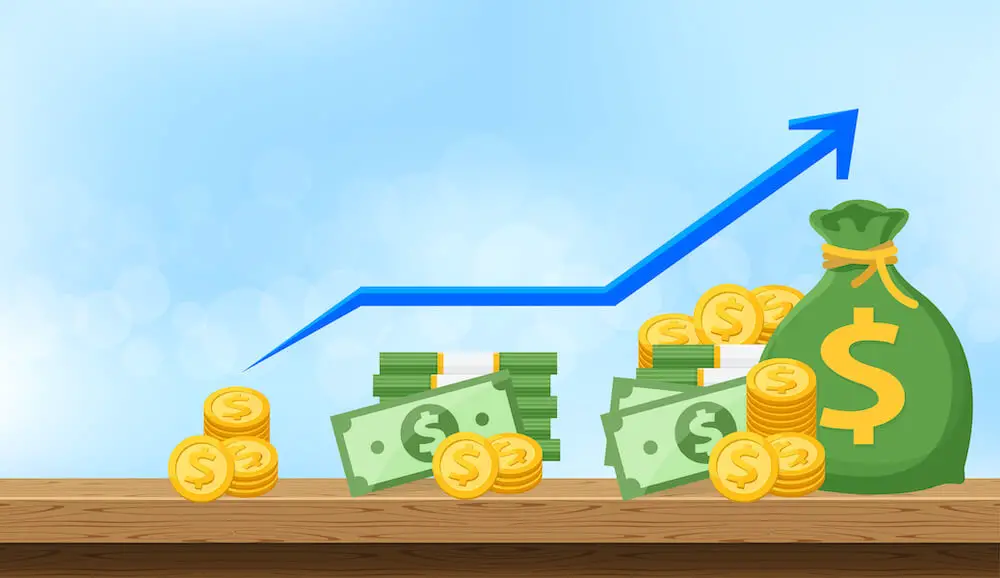New High for TSP Participant Satisfaction
At the monthly meeting of the Federal Retirement Thrift Investment Board (FRTIB), Board members were told that overall participant satisfaction for interactions with the TSP has hit a new high of 89.43%.
TSP participants are increasing their use of the virtual assistant and live chat. Using these features of the TSP website increased by 14% between June and July. At the same time, the number of downloads of the TSP mobile app has doubled.
Will There Be a Government Shutdown?
FRTIB’s Director of External Affairs, Kim Weaver, reported at the monthly FRTIB meeting that Congress will have three weeks after the House and Senate return to Washington to agree on a new budget. These negotiations normally move slowly. Three weeks to get a final agreement is not much time, therefore increasing the possibility of a partial federal government shutdown.
Goldman Sachs, a significant global investment firm, recently issued a report on the possibility of a government shutdown. “The ingredients for a shutdown — a thin House majority, a dispute on spending levels, and potential complications from various political issues — are present,” according to the report.
Goldman Sachs has concluded a government shutdown is “more likely than not.” The reasons range from disputes over aid for Ukraine to funding for Justice Department investigations and border security.
The TSP will advise participants about any potential impact on TSP investors if or when a shutdown does occur.
2023 TSP Performance So Far in August and the Year-to-Date
So far in August, TSP funds are losing value. The only fund with a positive return for the month is the G Fund, up 0.24%. Over the past ten years, the G Fund has had an average rate of 2.22%. So far in 2023, it has paid a rate of 2.6%; over the past year, it has paid 3.84%.
The S Fund is down 6.99% as of August 21st. It is still up 10.96% for the year.
| Fund | Month-to-Date | Year-to-Date |
| G Fund | 0.24% | 2.50% |
| F Fund | -2.32% | -0.19% |
| C Fund | -4.01% | 15.79% |
| S Fund | -6.99% | 10.96% |
| I Fund | -5.83% | 8.59% |
| L Income | -1.24% | 4.88% |
| L 2025 | -1.84% | 6.29% |
| L 2030 | -3.11% | 8.50% |
| L 2035 | -3.44% | 9.06% |
| L 2040 | -3.75% | 9.64% |
| L 2045 | -4.03% | 10.12% |
| L 2050 | -4.29% | 10.63% |
| L 2055 | -5.02% | 12.57% |
| L 2060 | -5.02% | 12.57% |
| L 2065 | -5.03% | 12.57 |
Interest Rates and Stock Prices
Stock prices have been under pressure from rising bond yields. The benchmark 10-year U.S. Treasury note yield was at 4.339% recently. That surpassed the 16-year high set last week—its highest close since late 2007. Higher yields reflect falling bond prices and can impact stock prices. It forces stocks to compete with alternatives largely free of risk if held to maturity.
Buying a home has become more difficult as a result. The average rate on a typical 30-year fixed mortgage is now up to 7.09%. One year ago, the rate averaged 5.13%. The typical monthly mortgage payment was 6.6% more in June 2023 than in the previous month and 12.1% more than it was during the same time in 2022.
It remains to be seen whether factors such as these will tip the US economy into a recession.
For those who track stock market performance, September is often not a good month for investors. September is often the month when the stock market has the worst performance of the year. This annual drop-off is sometimes referred to as the “September Effect.” Since 1950, the Dow Jones Industrial Average (DJIA) has averaged a decline of 0.8% in September, while the S&P 500 has experienced an average decline of 0.5%.
Keep in mind that many events can influence stock market performance and stocks do not always go down in September.
TSP L Fund Returns: Third Anniversary for Some Funds
July 1, 2020, was the inception date for several of the Lifecycle Funds in the TSP. Here is how the Lifecycle Funds have performed over time:
Lifecycle Net Returns as of July 31, 2023
| Fund | 1-Year | 3-Year | 5-Year | 10-Year |
| L Income | 6.23% | 4.33% | 3.98% | 4.04% |
| L 2025 | 7.21% | 6.57% | N/A | N/A |
| L 2030 | 9.79% | 7.90% | 6.61% | 7.24% |
| L 2035 | 10.30% | 8.38% | N/A | N/A |
| L 2040 | 10.84% | 8.89% | 7.31% | 8.04% |
| L 2045 | 11.27% | 9.29% | N/A | N/A |
| L 2050 | 11.75% | 9.74% | 7.87% | 8.71% |
| L 2055 | 13.91% | 11.76% | N/A | N/A |
| L 2060 | 13.91% | 11.75% | N/A | N/A |
| L2065 | 13.90% | 11.75% | N/A | N/A |





